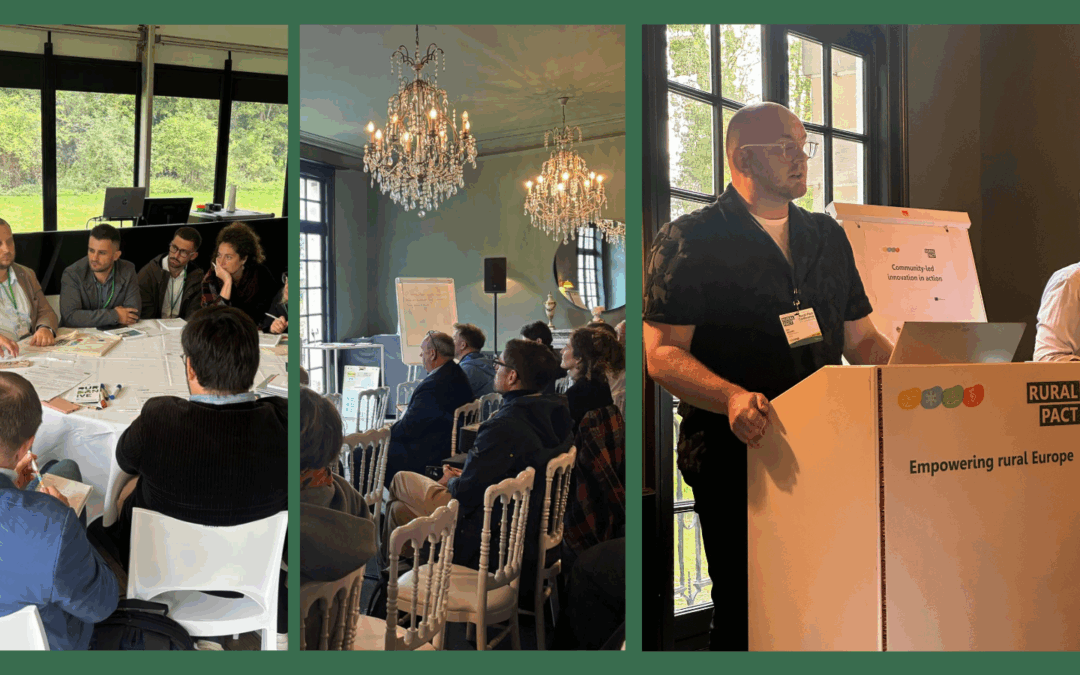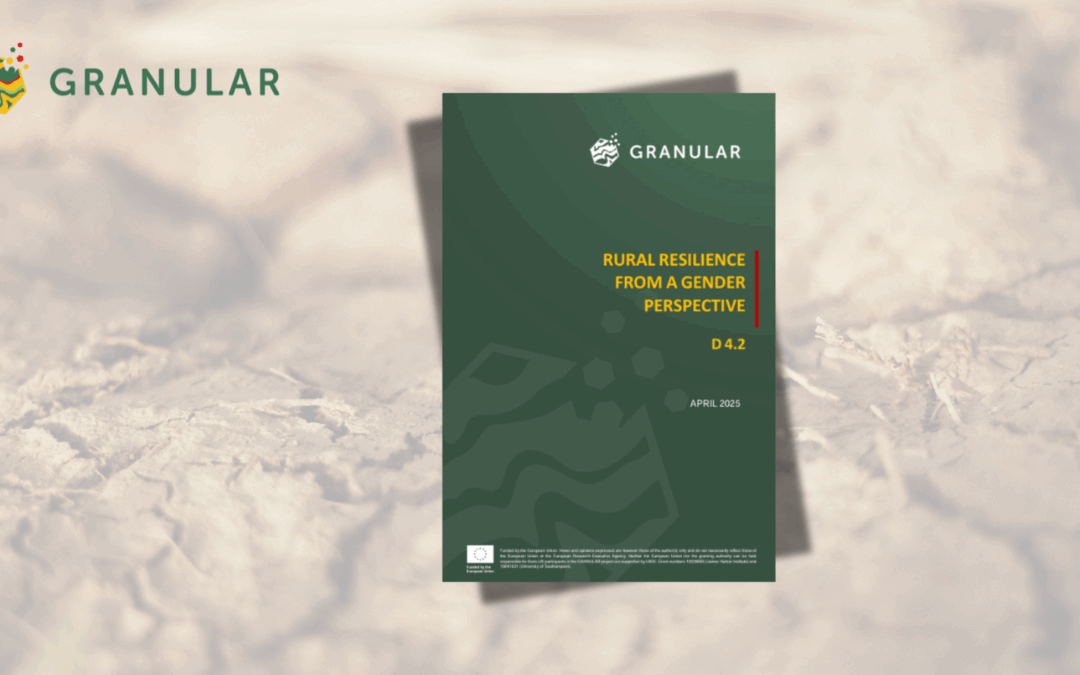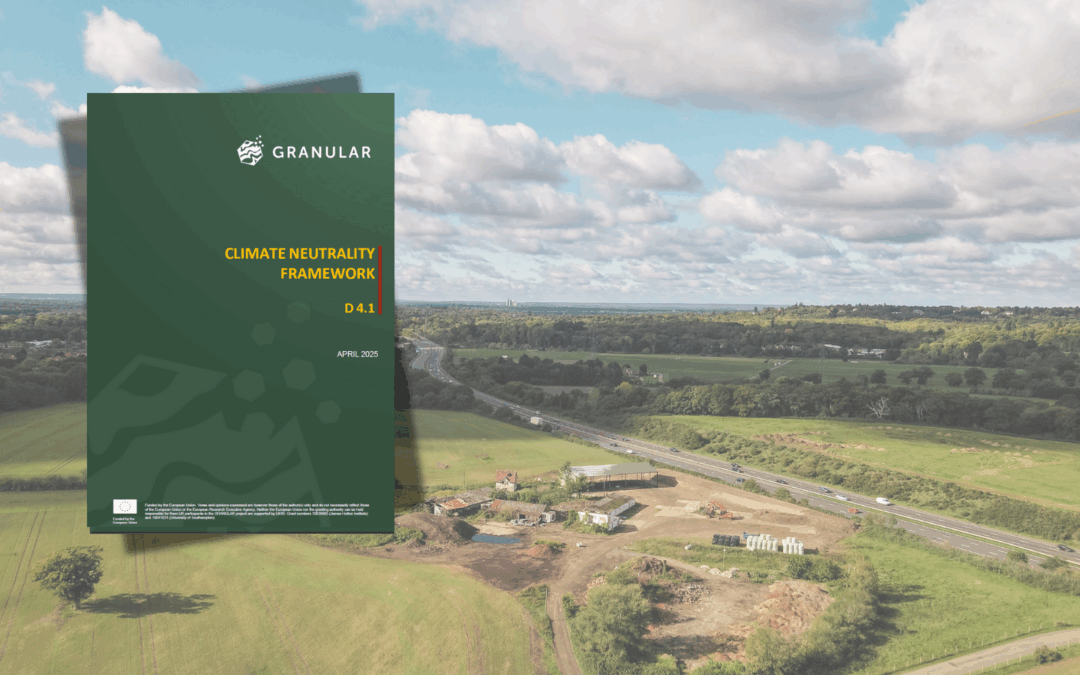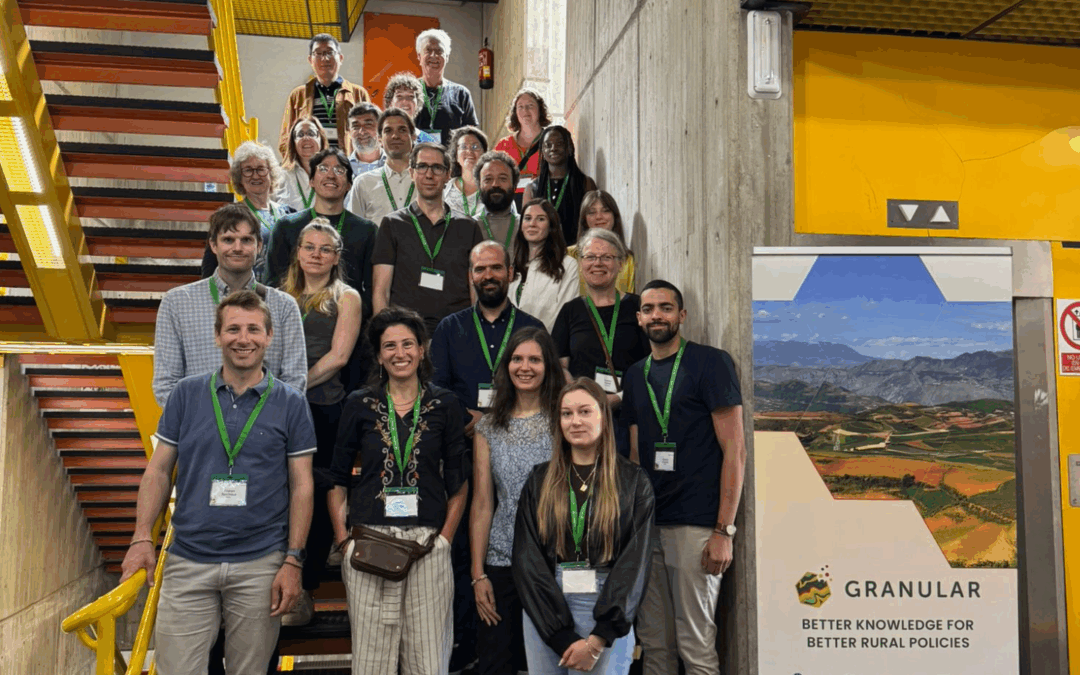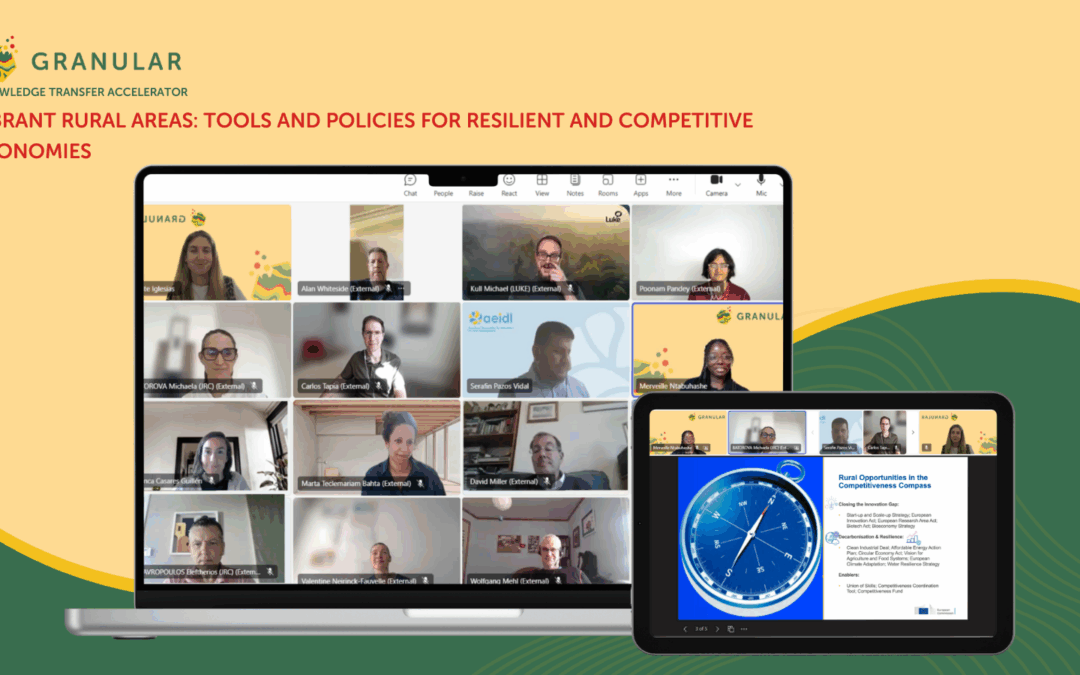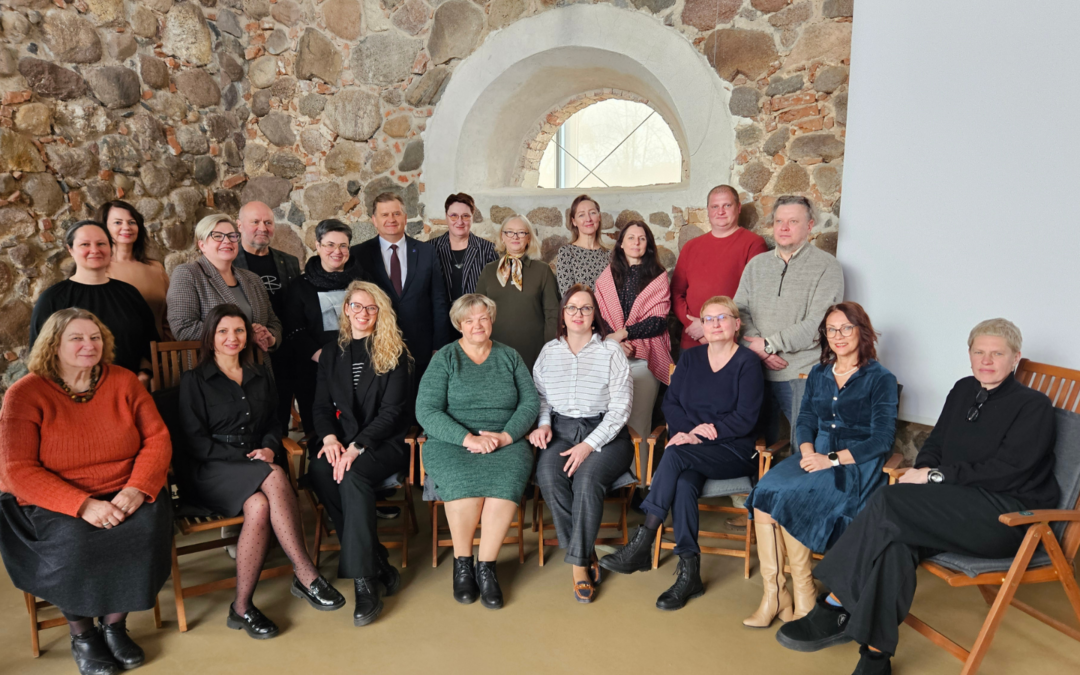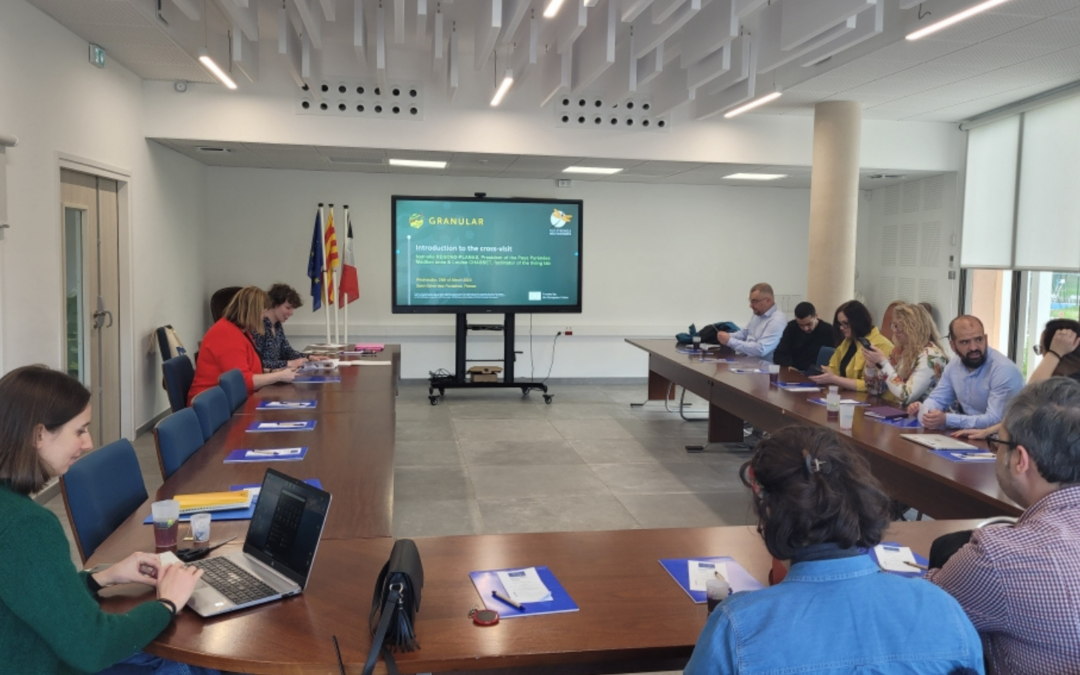Author: Monika Belhaj and Živilė Gedminaitė-Raudonė
New research from the GRANULAR project highlights inclusive innovations in the Ignalina region in Lithuania. Dr. Živilė Gedminaitė-Raudonė and Dr. Monika Belhaj from the Lithuanian Centre for Social Sciences, have explored how Universal Design (UD) principles are being applied in rural areas. Their case study focused on the Ignalina region in Lithuania, a Replication Lab in the GRANULAR project.
The research looks at how UD can improve public services accessibility, enhance community resilience, and address the socio-economic challenges of depopulation and ageing.
What is happening in the Ignalina region?
The Ignalina region is facing severe demographic challenges. Between 2001 and 2021, its population declined by more than 30% (one of the steepest drops in Lithuania) and it now has one of the oldest population structures in the country. These dynamics puts pressure on public services, as shrinking budgets and reduced staffing coincide with increased demand for age- and ability-friendly environments.
In this context, UD offers a framework that moves beyond compliance with minimum accessibility standards. Rather than providing separate solutions for specific groups, UD promotes the design of environments, services, and infrastructure that are inherently usable by all individuals, regardless of age, ability, or status.
Initial applications of UD in Ignalina emerged in the early 2000s, particularly within tourism services. Since then, UD principles have gradually expanded into education, culture, transport, and public administration. By 2025, Ignalina had become a testing ground for the rural application of UD, offering insights relevant to wider European debates on inclusive regional development.
Who was involved?
The study employed a case study methodology, focusing on the Ignalina region as a representative rural area in Lithuania. Data were collected through 11 semi-structured, in-depth interviews with key stakeholders from public institutions, complemented by a focus group discussion involving municipal representatives, NGOs, and service providers. These qualitative methods were supported by secondary data analysis, including official documents and local development strategies.
The research was structured around the design thinking framework, progressing through the phases of empathisation, definition, ideation, prototyping, and testing. This approach enabled a comprehensive exploration of how UD principles are interpreted and applied in practice, while also capturing the lived experiences of residents and the institutional challenges of implementation.
What are the main findings from the research?
The study’s findings highlight the opportunities and limitations of embedding UD in rural governance:
- Empathisation: Through interviews, surveys, and observations, institutions and residents identified the everyday barriers to accessibility. These included poor road conditions, a lack of public or adapted transport options, and physical obstacles such as steep inclines or the absence of ramps in public buildings. Importantly, the process also highlighted expectations: residents wanted not only technical fixes but a broader cultural shift toward inclusivity.
- Definition: Institutions recognised that systemic barriers limit progress. Outdated infrastructure, especially in older public buildings, was a major obstacle, as was the absence of clear guidelines on how to apply UD and the shortage of financial and human resources. A lack of coordinated municipal assessments also made it difficult to plan improvements strategically.
- Ideation: Despite these constraints, stakeholders generated creative and context-sensitive solutions. Suggestions included mobile shuttle services to ensure older residents could attend cultural and sports events, micro-grants for low-cost but high-impact adaptations such as tactile signage, and the inclusive revalorisation of cultural heritage sites through virtual tours, tactile exhibits, or sign language interpretation. These ideas reflected both the needs of vulnerable groups and the region’s ambition to strengthen tourism and community engagement.
- Prototyping: Institutions began to test concrete measures. Portable ramps, updated signage, and accessible websites were introduced in selected facilities. Volunteer groups – including both youth and seniors – were mobilized to assist with accessibility at local events, demonstrating the value of community participation. A Universal Design checklist and toolkit were also drafted to guide future planning and procurement.
- Testing: Feedback from residents confirmed that these measures improved usability, especially in public libraries, cultural venues, and tourism sites. However, significant gaps remained. Wheelchair users still faced challenges due to steep slopes and narrow doorways, while many public spaces lacked sufficient room for mobility devices. Past building renovations had often overlooked accessibility, making retrofitting costly and technically complex.
What comes next?
These findings show that while progress is possible, lasting change requires more than isolated interventions. Clearer legislation, stable funding, and coordinated strategies are essential. At the same time, small-scale, community-driven initiatives already demonstrate that UDis more than a technical fix – it is a governance approach that fosters participation, equity, and resilience.
Despite structural barriers, the Ignalina region illustrates how rural regions can act as laboratories for inclusive innovation, embedding UD into everyday services to meet diverse needs and strengthen long-term socio-economic sustainability.
Read the research here, and learn more about GRANULAR Lithuanian Lab.


